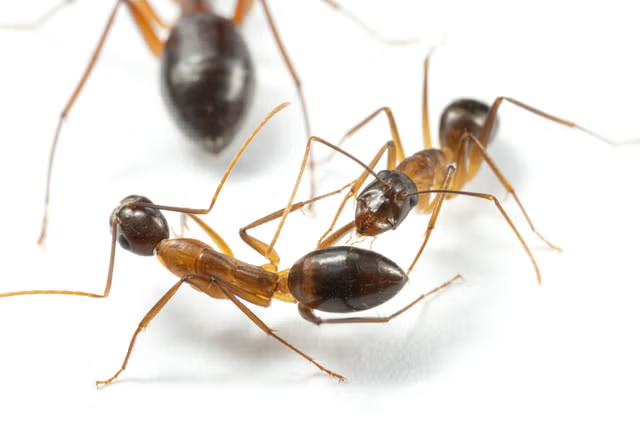A breakthrough may have been made in the fight against obesity after researchers discovered a method to transform white fat cells into beige fat cells, which are capable of burning calories.
While humans can turn white fat cells into beige through diet or a cold environment, until now scientists believed the only way to mimic this natural process was by starting from stem cells.
However, a new study by the University of California San Francisco, published in the Journal of Clinical Investigation, showed that white fat cells can be converted to beige simply by limiting production of a protein.
The research conducted in mice could open the door to developing a new class of weight-loss drugs.
"A lot of people thought this wasn't feasible. We showed not only that this approach works to turn these white fat cells into beige ones, but also that the bar to doing so isn't as high as we'd thought," said Brian Feldman, professor in pediatric endocrinology and senior author of the study, in a statement.
Many mammals have three "shades" of fat cells: white, brown and beige. White fat stores energy reserves for the body, while brown fat cells burn energy to generate heat, aiding in regulating body temperature.
Beige fat cells combine these characteristics: they burn energy like brown fat cells but are dispersed within white fat deposits—unlike brown fat cells, which form clusters.
Previously, scientists could only convert these cells from white to beige by guiding stem cells to mature into beige fat cells. However, since stem cells are scarce, Feldman set out to discover a method to directly transform white fat cells into beige ones with a simple switch.
"For most of us, white fat is not rare and we're happy to part with some of it," he said.
In the study, he examined the role of a protein called KLF-15 in mice, which is known to influence metabolism and the function of fat cells.
The research found that KLF-15 was much less abundant in white fat cells than in brown or beige ones.
When Feldman bred mice with white fat cells lacking KLF-15, the mice converted them from white to beige. This revealed that not only could the fat cells change from one form to another, but in the absence of the specific protein, beige seemed to be the default setting.
This protein regulates the levels of a receptor called Adrb1, which, when activated, led to weight loss in mice.
However, human trials of drugs that act on this same receptor have so far had disappointing results.
Despite this, Feldman claims that a different drug targeting the Adrb1 receptor in humans is more likely to work and could offer significant advantages over GLP-1 medications like Ozempic and Mounjaro, which have exploded in popularity and become increasingly challenging to access due to widespread use.
In contrast to these weight loss injections, which often list nausea as a primary side effect, Adrb1-targeting drugs may not induce nausea since they focus on fat deposits rather than affecting the brain.
"We're certainly not at the finish line, but we're close enough that you can clearly see how these discoveries could have a big impact on treating obesity," Feldman added.
Disclaimer: The copyright of this article belongs to the original author. Reposting this article is solely for the purpose of information dissemination and does not constitute any investment advice. If there is any infringement, please contact us immediately. We will make corrections or deletions as necessary. Thank you.



